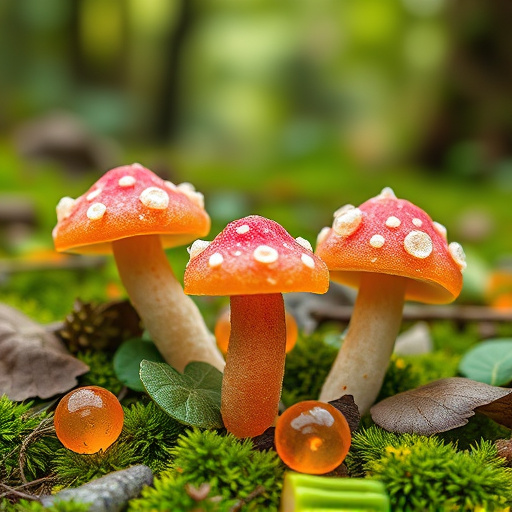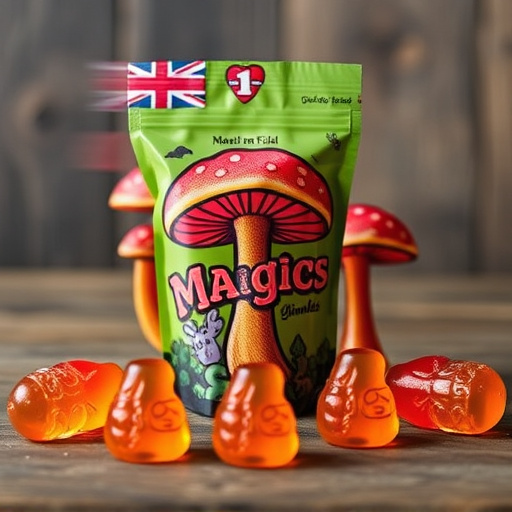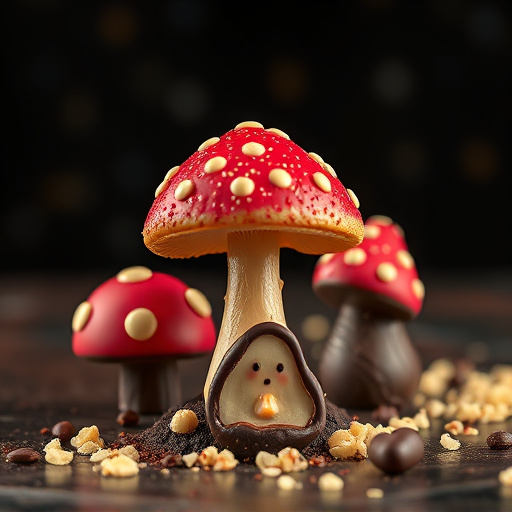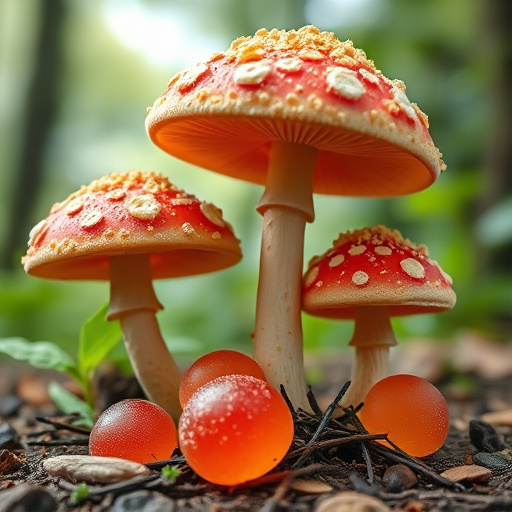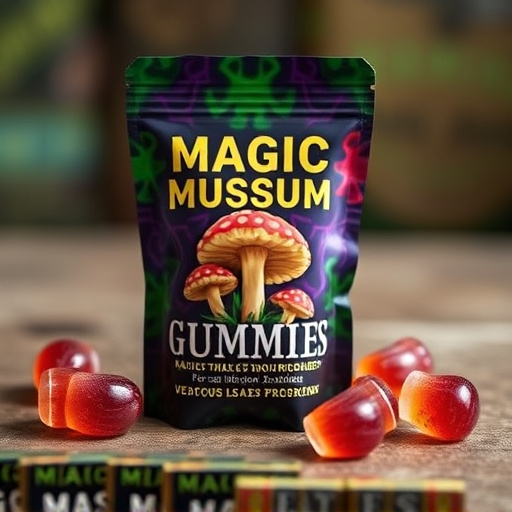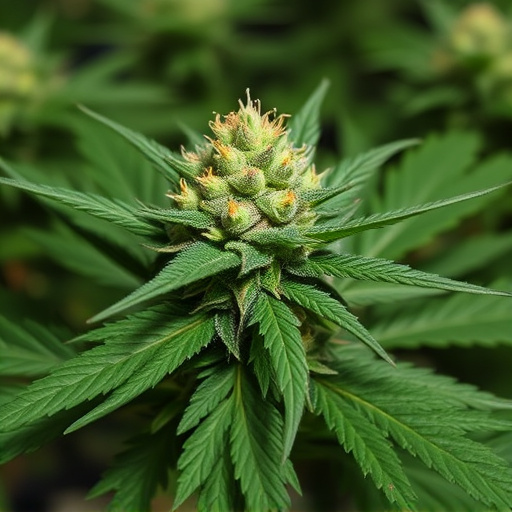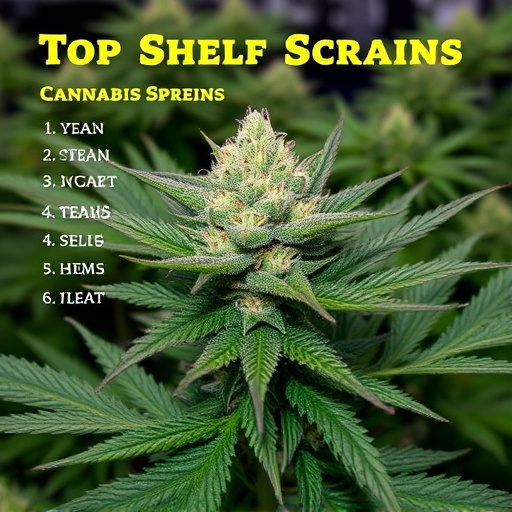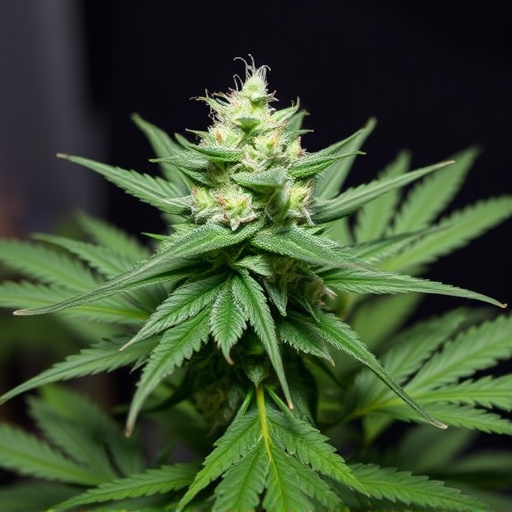The distinctive aroma of top shelf cannabis strains is shaped by their genetic makeup and terpene profiles, which evolve through natural mutations and selections. Terpenes, aromatic compounds that work with cannabinoids, enhance scent and create the entourage effect, catering to diverse consumer preferences. Environmental factors like temperature, light, humidity, and soil play a crucial role in terpene synthesis, influencing the final aroma. Extraction methods, such as CO2 extraction or steam distillation, also significantly impact the top shelf cannabis strains' unique scents, from complex floral notes to fruity accents.
Unraveling the intricate world of cannabis aroma involves understanding a complex interplay of factors. This article explores the multifaceted determinants behind the unique scents of top shelf cannabis strains, delving into three key areas. Genetic composition and terpene profiles form the aromatic backbone, while environmental conditions during growth significantly influence terpene development. Additionally, extraction methods play a pivotal role in unlocking the full spectrum of aromas these plants offer, ensuring consumers experience the intended fragrance and flavor nuances.
- Genetic Composition and Terpene Profile: The Foundation of Cannabis Aroma
- Environmental Factors: How Terpenes Develop During Growth
- Extraction Methods: Unlocking the Full Spectrum of Aromas
Genetic Composition and Terpene Profile: The Foundation of Cannabis Aroma
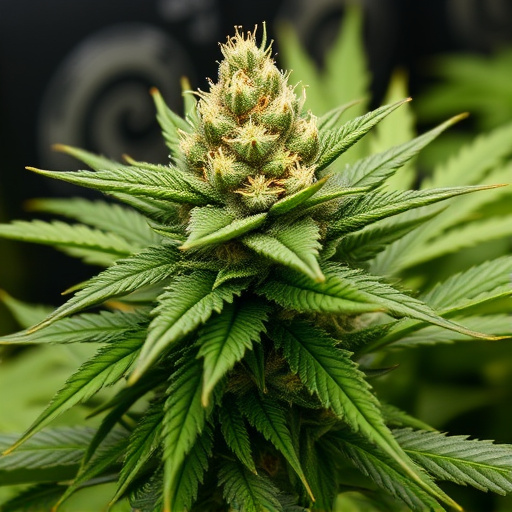
The genetic composition and terpene profile of cannabis plants are the fundamental elements that determine their unique aroma, forming the bedrock for what makes a top shelf cannabis strain. Each cannabis variety, or strain, is a product of specific genetic mutations and natural selections over generations, leading to distinct chemical compositions. These variations in genetics result in an array of aromas ranging from fruity and floral to earthy and spicy.
Terpenes, aromatic compounds produced by the plant, further enhance and often give subtle nuances to the overall scent. They synergize with cannabinoids like THC and CBD, creating what’s known as the entourage effect. This interaction between genetics and terpenes creates a complex olfactory experience, ensuring that each top shelf cannabis strain offers a distinct aroma profile that appeals to diverse consumer preferences.
Environmental Factors: How Terpenes Develop During Growth
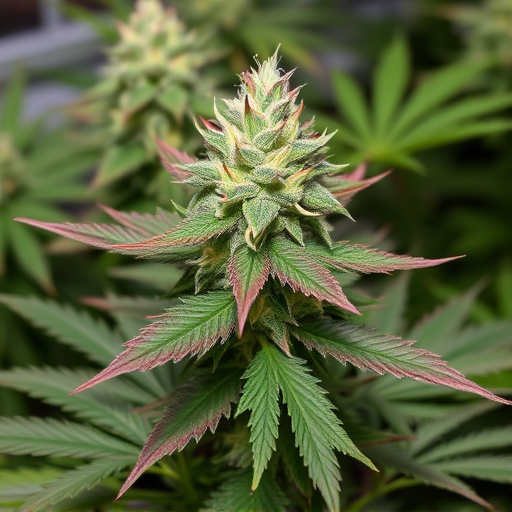
The environmental conditions during cannabis growth play a pivotal role in shaping its aroma profile, particularly through the synthesis of terpenes—volatile organic compounds responsible for the distinctive scents and flavors we associate with top shelf cannabis strains. Factors like temperature, light intensity, humidity, and soil composition can significantly influence terpene production. For instance, warmer temperatures often encourage the development of more aromatic terpenes like myrcene and limonene, while cooler conditions may favor the synthesis of linalool, known for its calming properties. Adequate lighting is crucial; photosynthesis drives terpene biosynthesis, so optimal light exposure ensures a richer, more complex aroma. Additionally, specific soil types can provide essential nutrients that facilitate the production of certain terpenes, contributing to the overall character of the final product.
Extraction Methods: Unlocking the Full Spectrum of Aromas

The method used for extracting essential oils from cannabis plays a pivotal role in determining the final aroma profile of top shelf cannabis strains. Different extraction techniques, each with its unique advantages, capture varying compounds responsible for the diverse scents and flavors we associate with these plants. Solvent-based methods, such as CO2 extraction, have gained popularity due to their ability to isolate a wide range of terpenes and cannabinoids, preserving the full spectrum of aromas naturally present in the plant.
In contrast, other techniques like steam distillation or floral solvent extraction may focus on specific compounds, resulting in more concentrated but narrower scent profiles. By understanding these extraction methods, cannabis enthusiasts can appreciate how each contributes to the unique bouquet of top shelf strains, whether it’s the complex floral notes, earthy undertones, or fruity accents that entice the senses.
The distinctive aroma of cannabis is a complex interplay of genetic composition, environmental influences, and extraction techniques. Understanding these factors is key to appreciating the diverse range of scents in top shelf cannabis strains. By exploring genetic variations and terpene profiles, recognizing the impact of cultivation conditions, and employing meticulous extraction methods, we can fully embrace the sensory experience that makes each strain unique.


